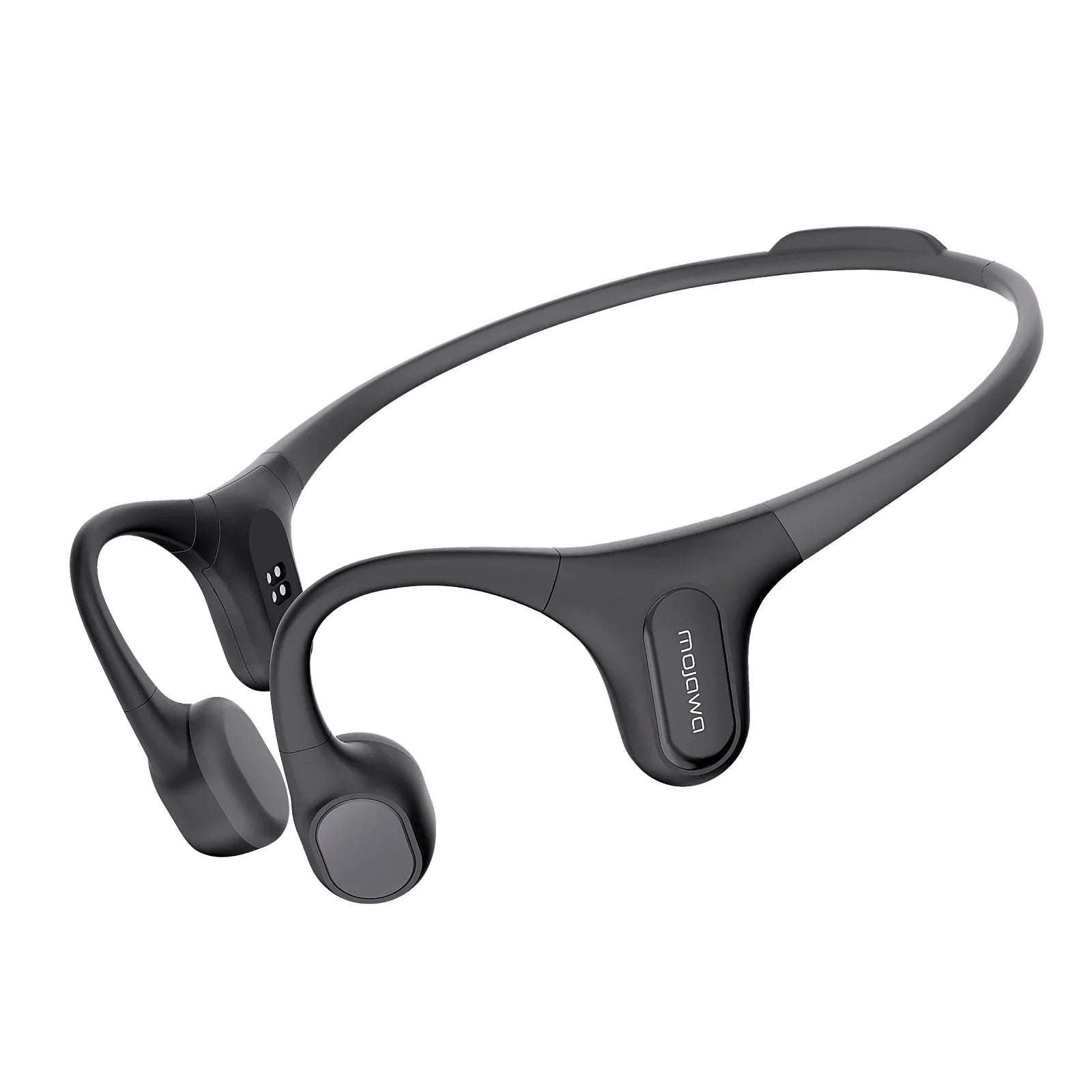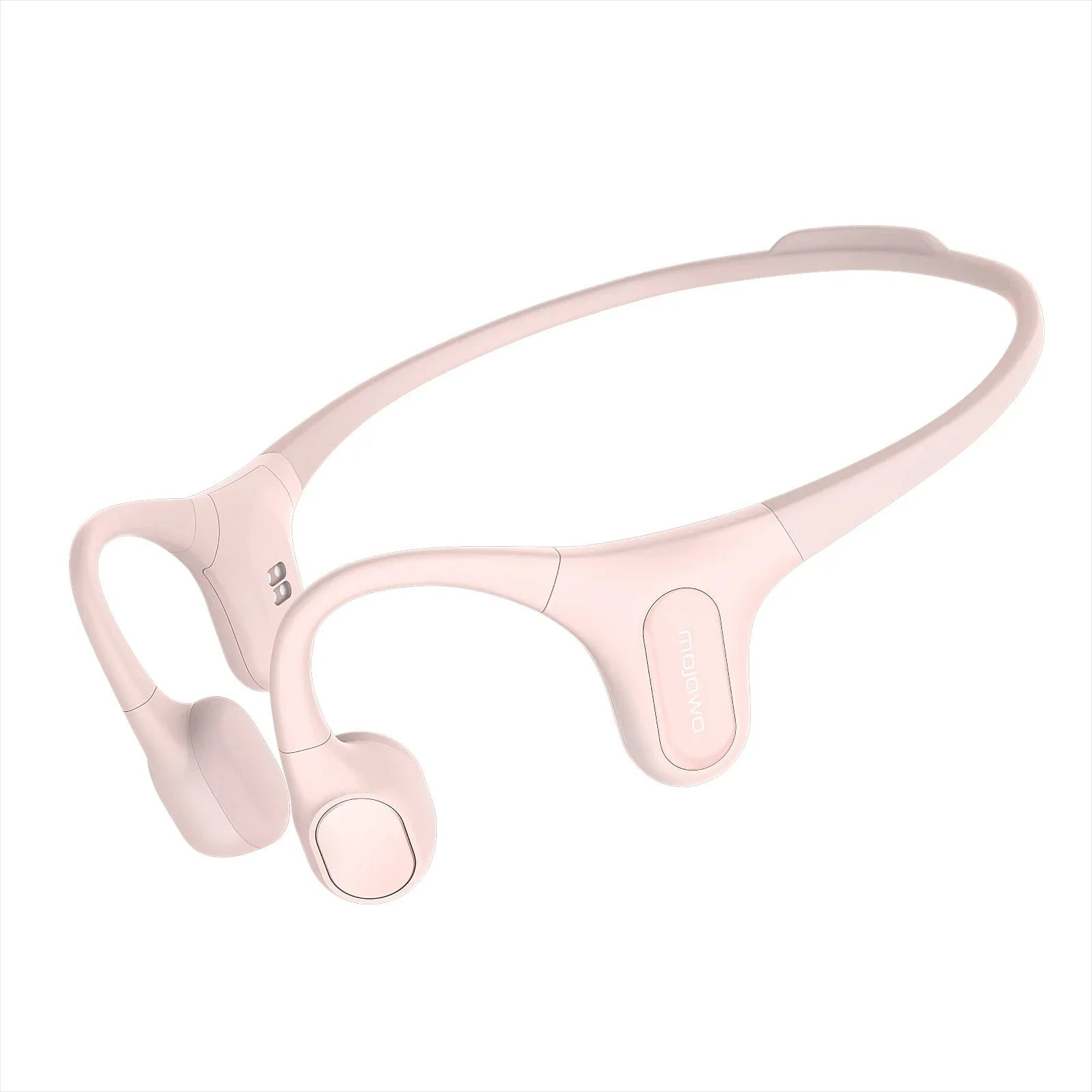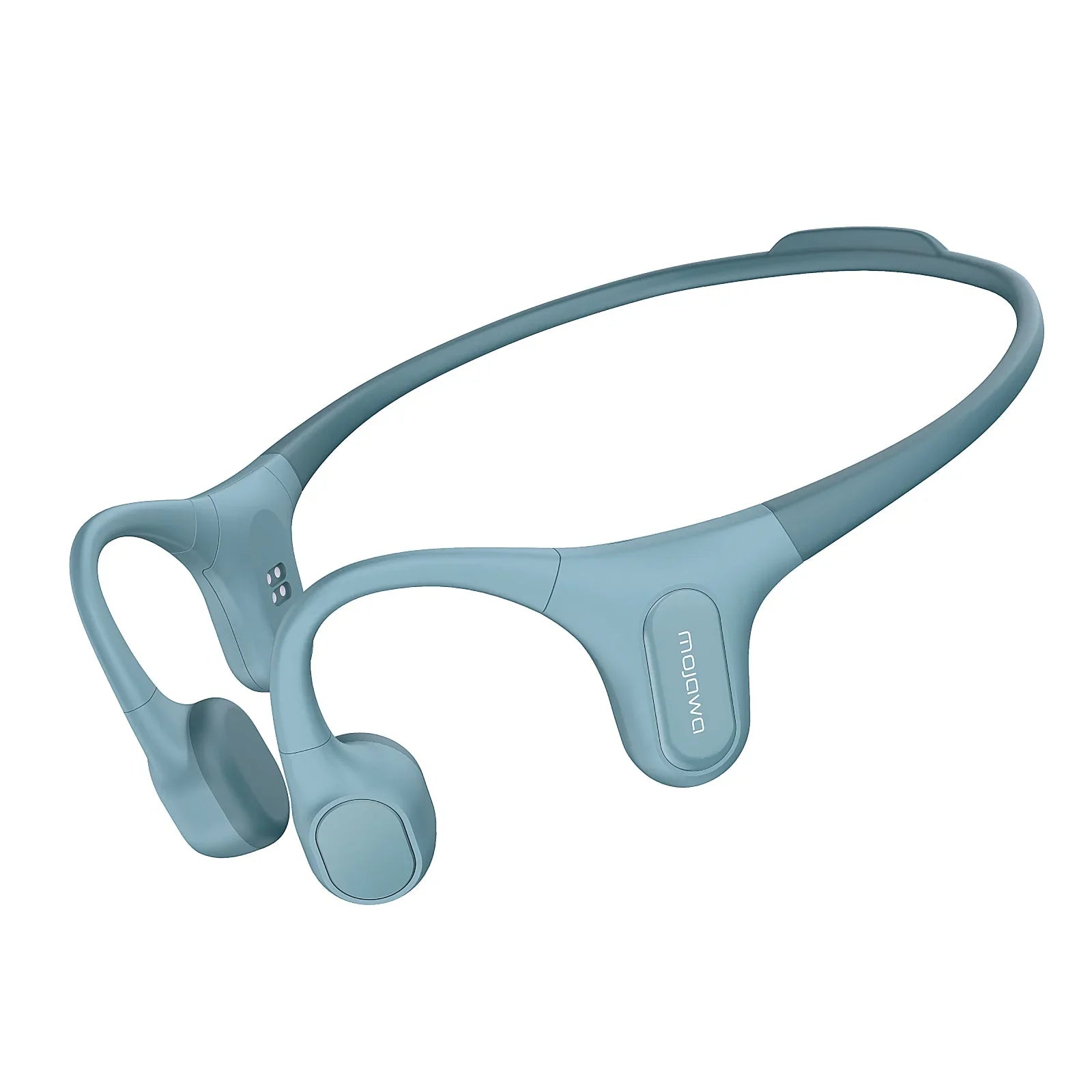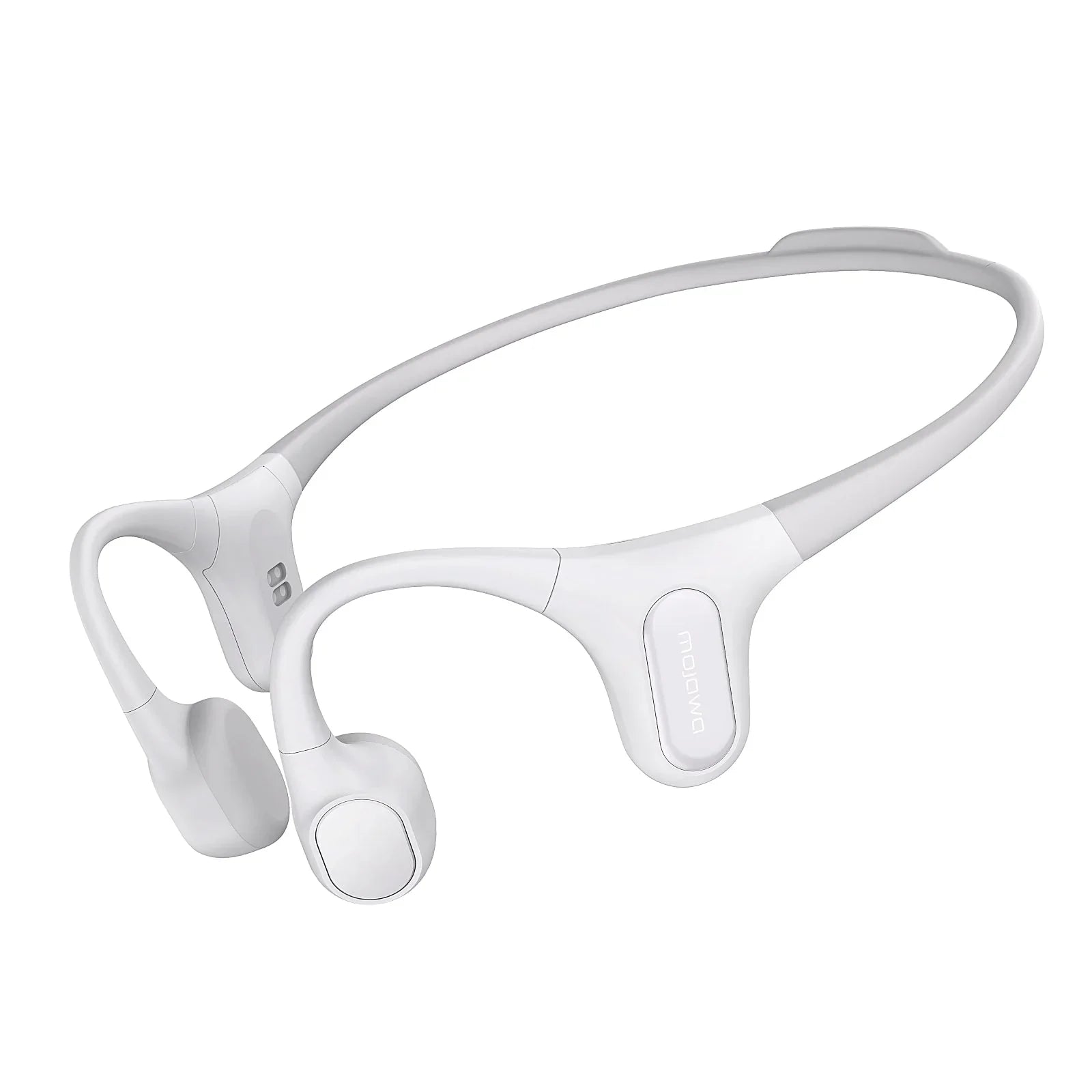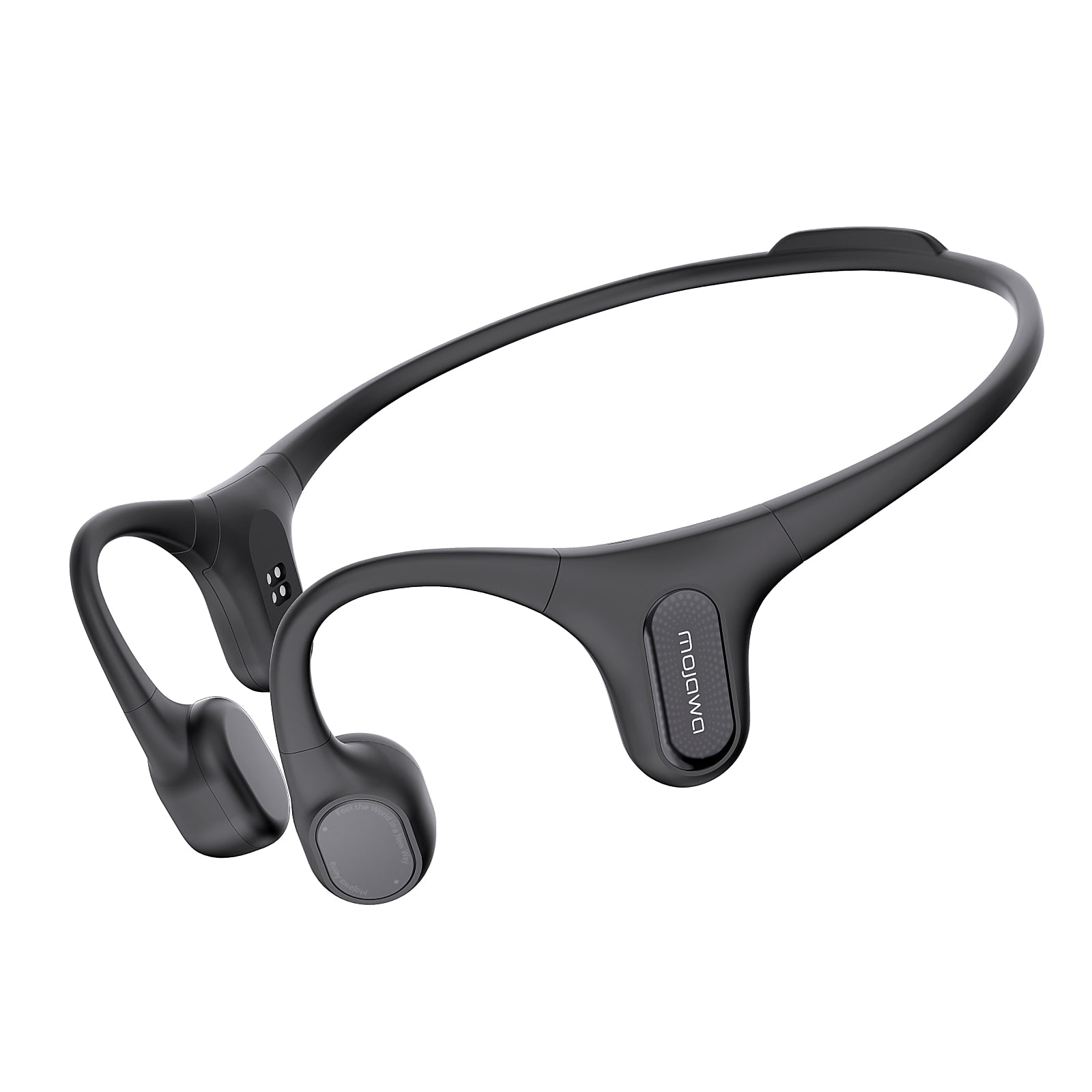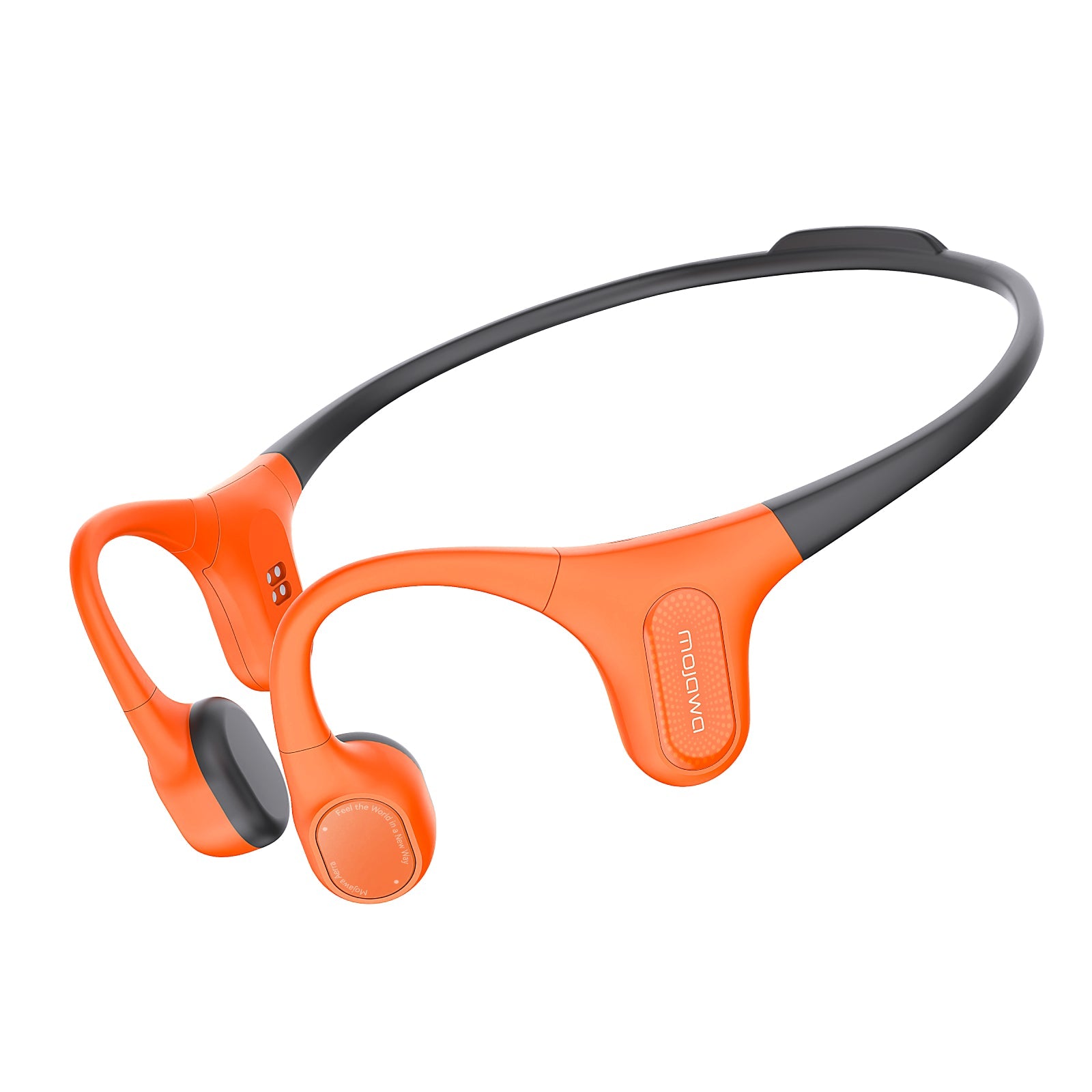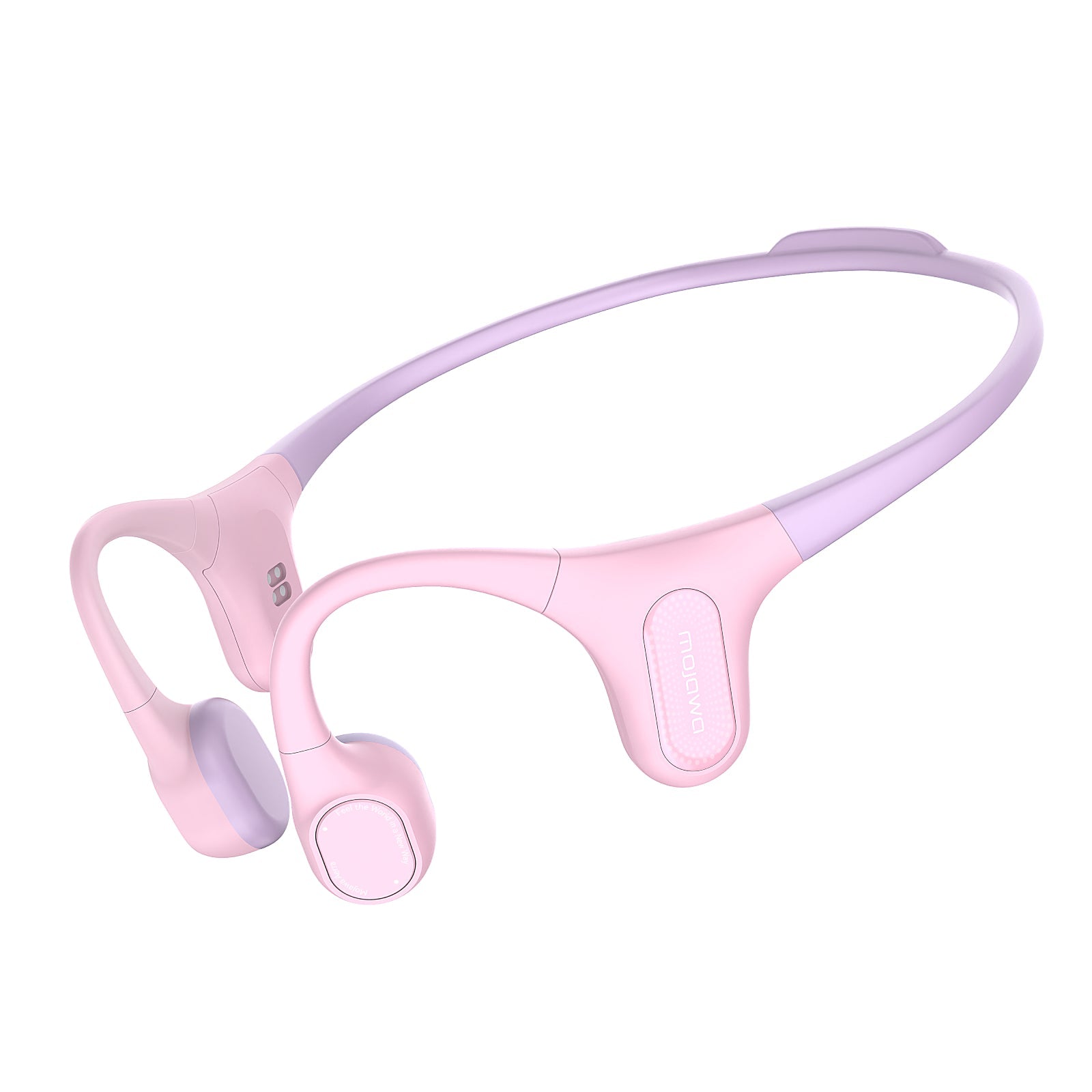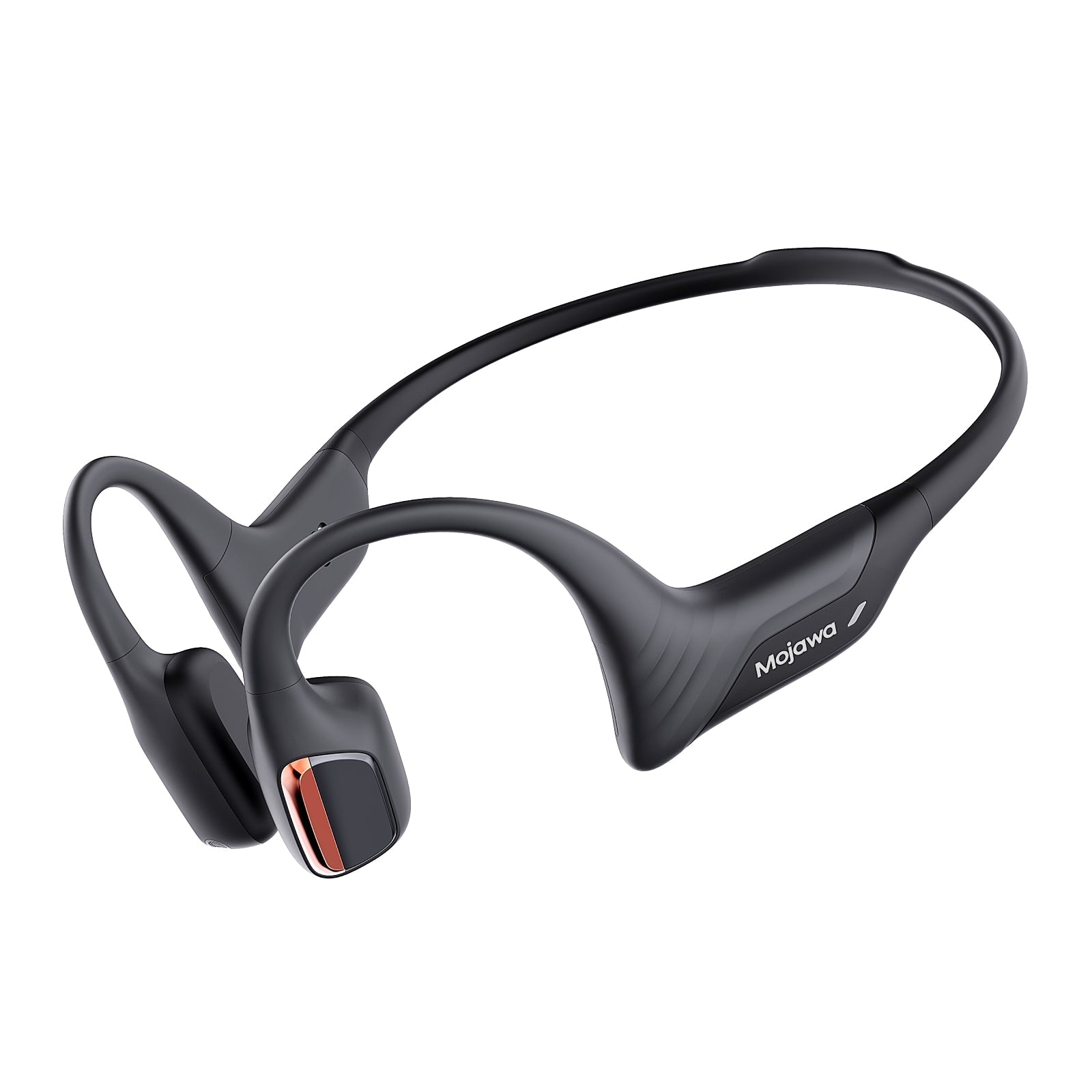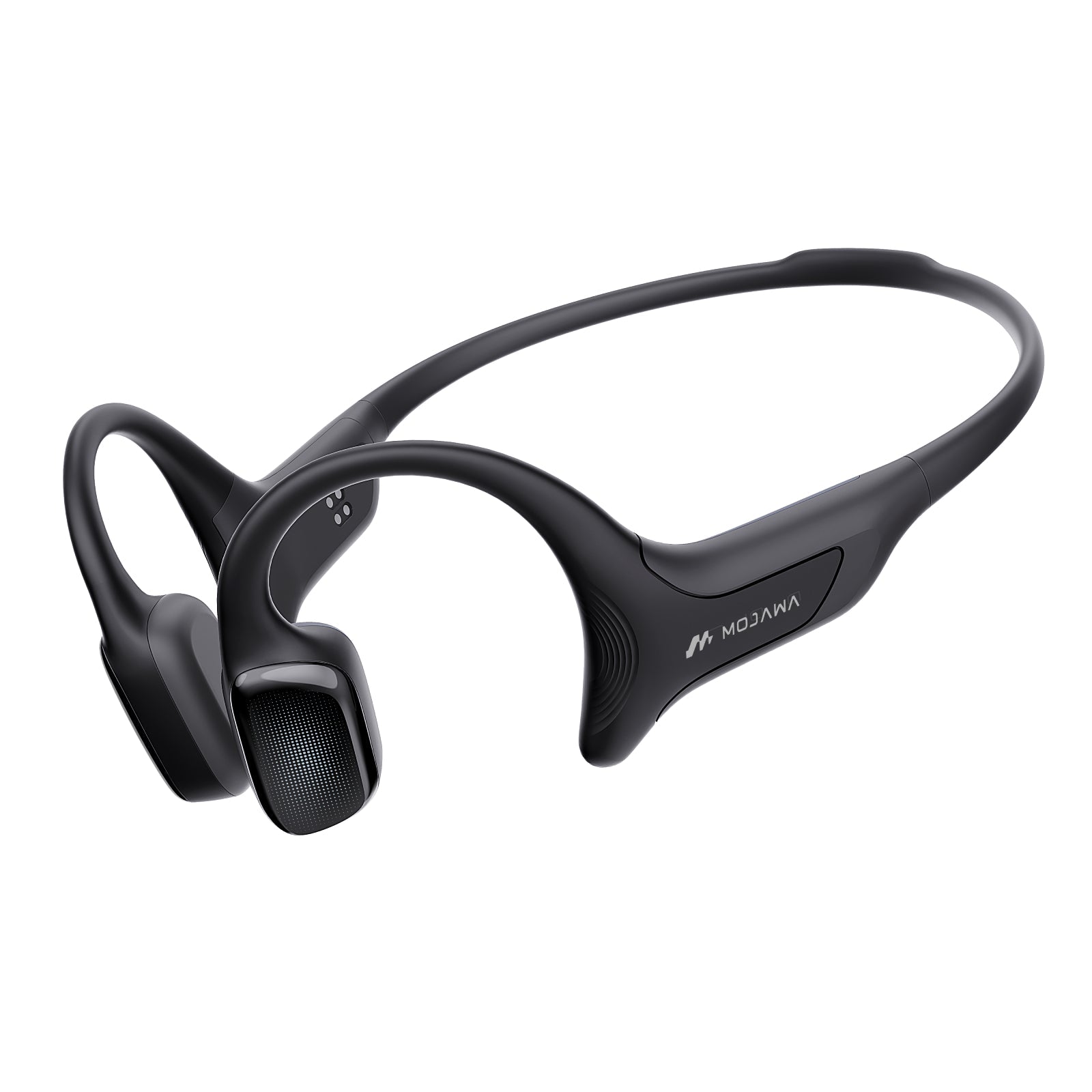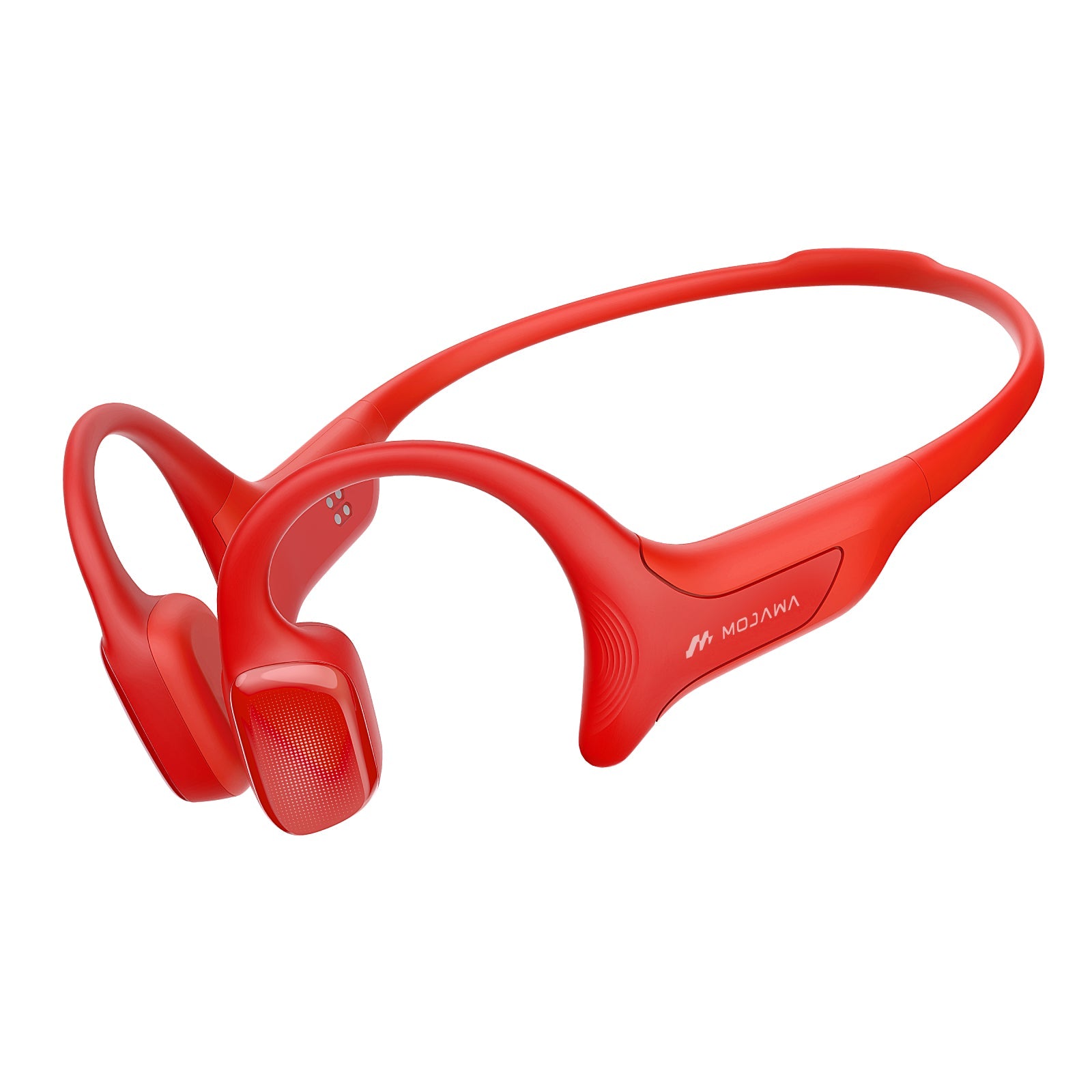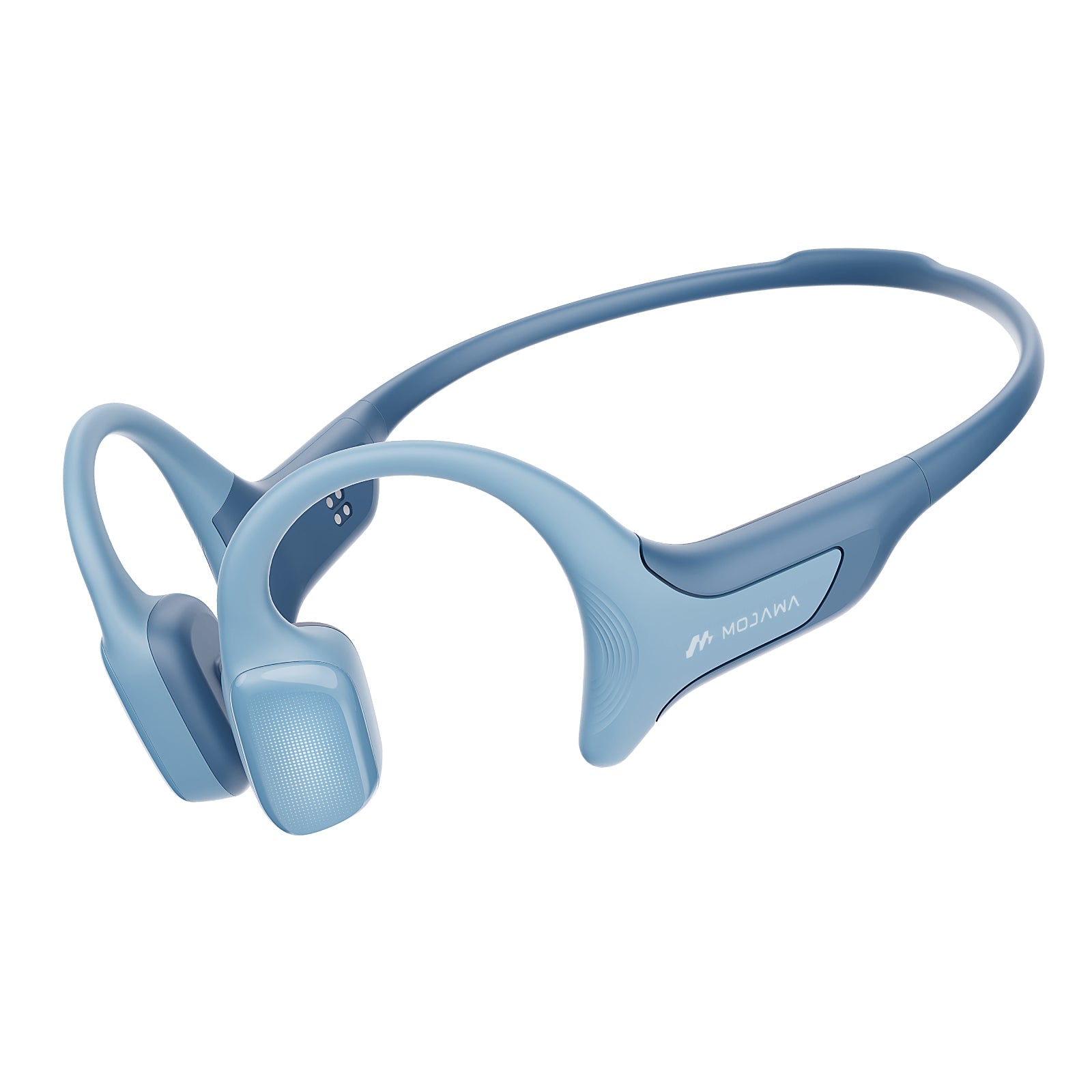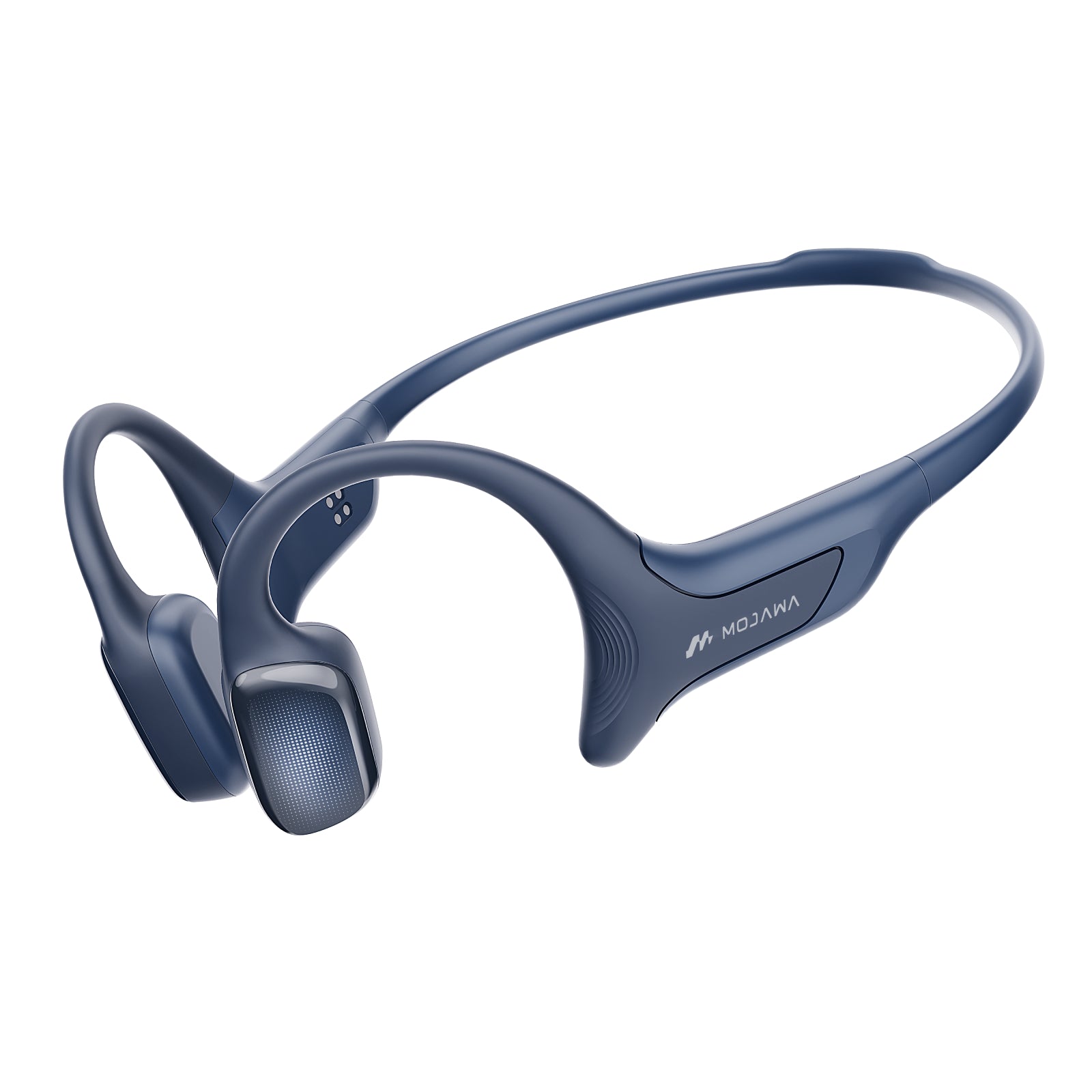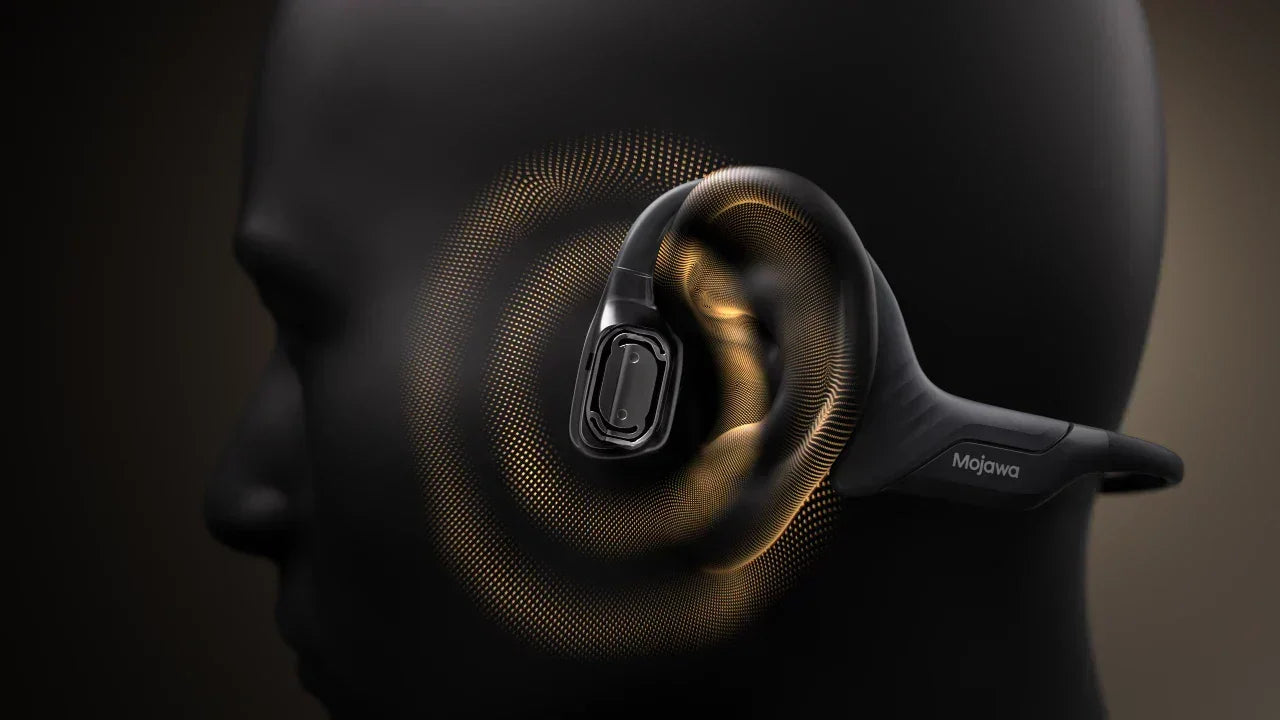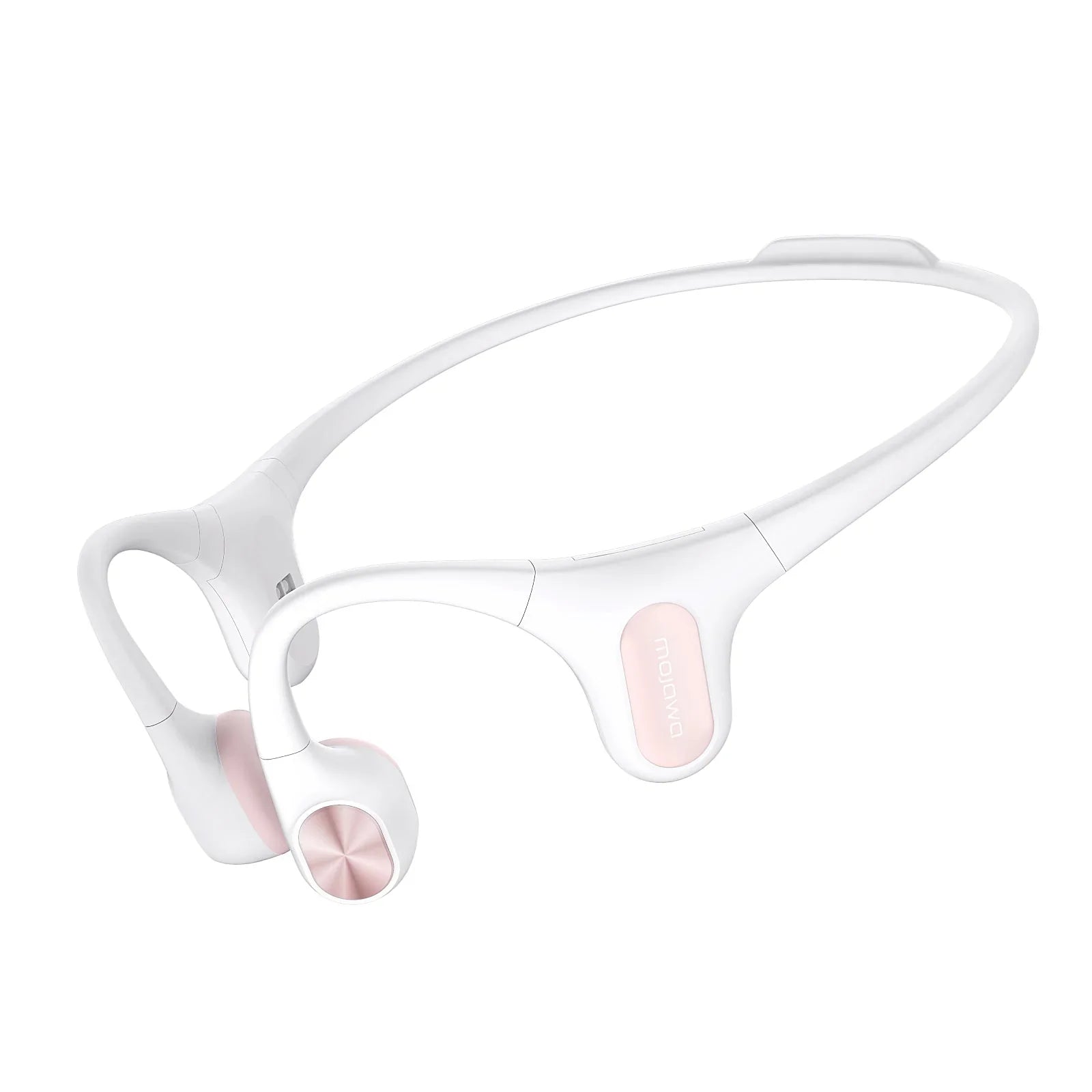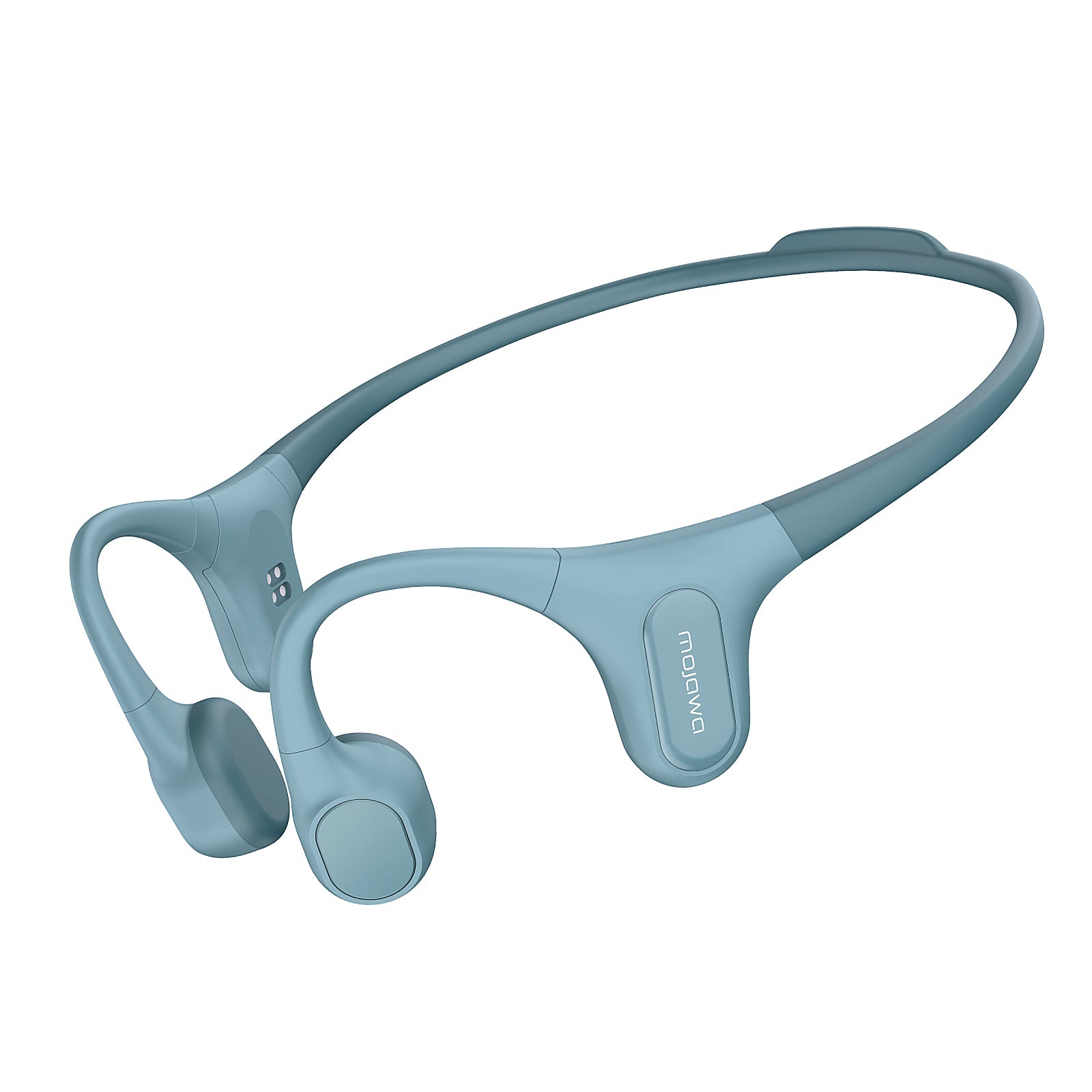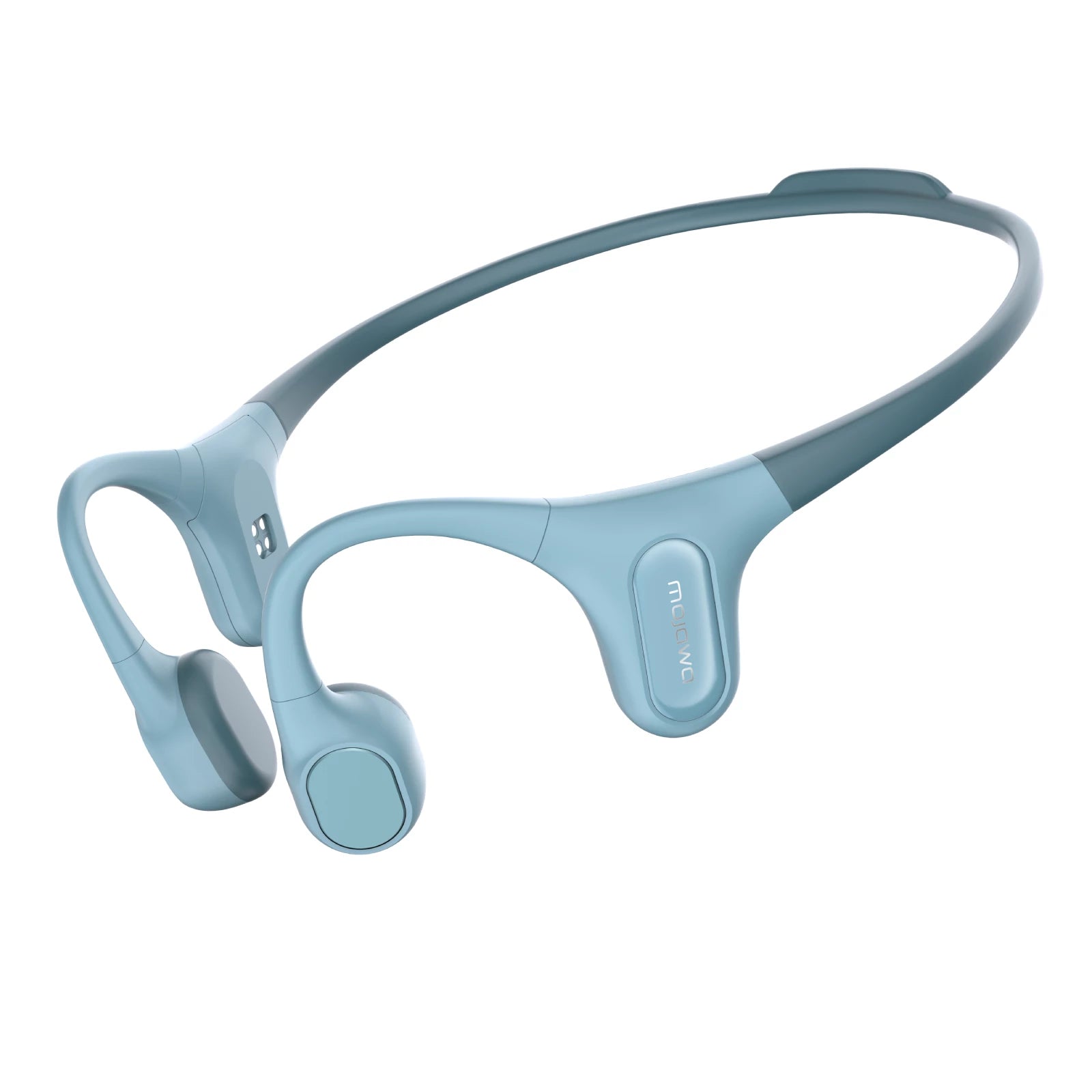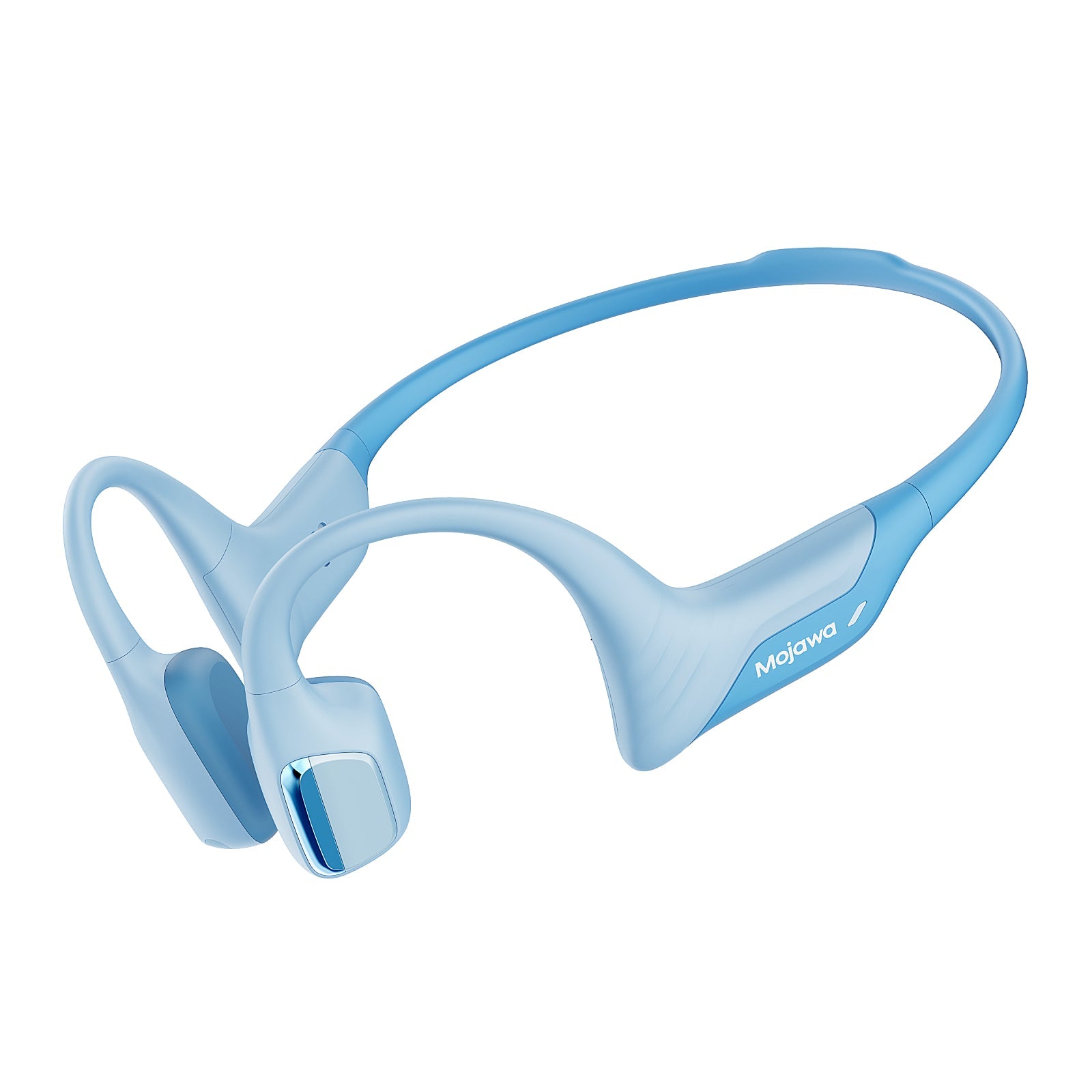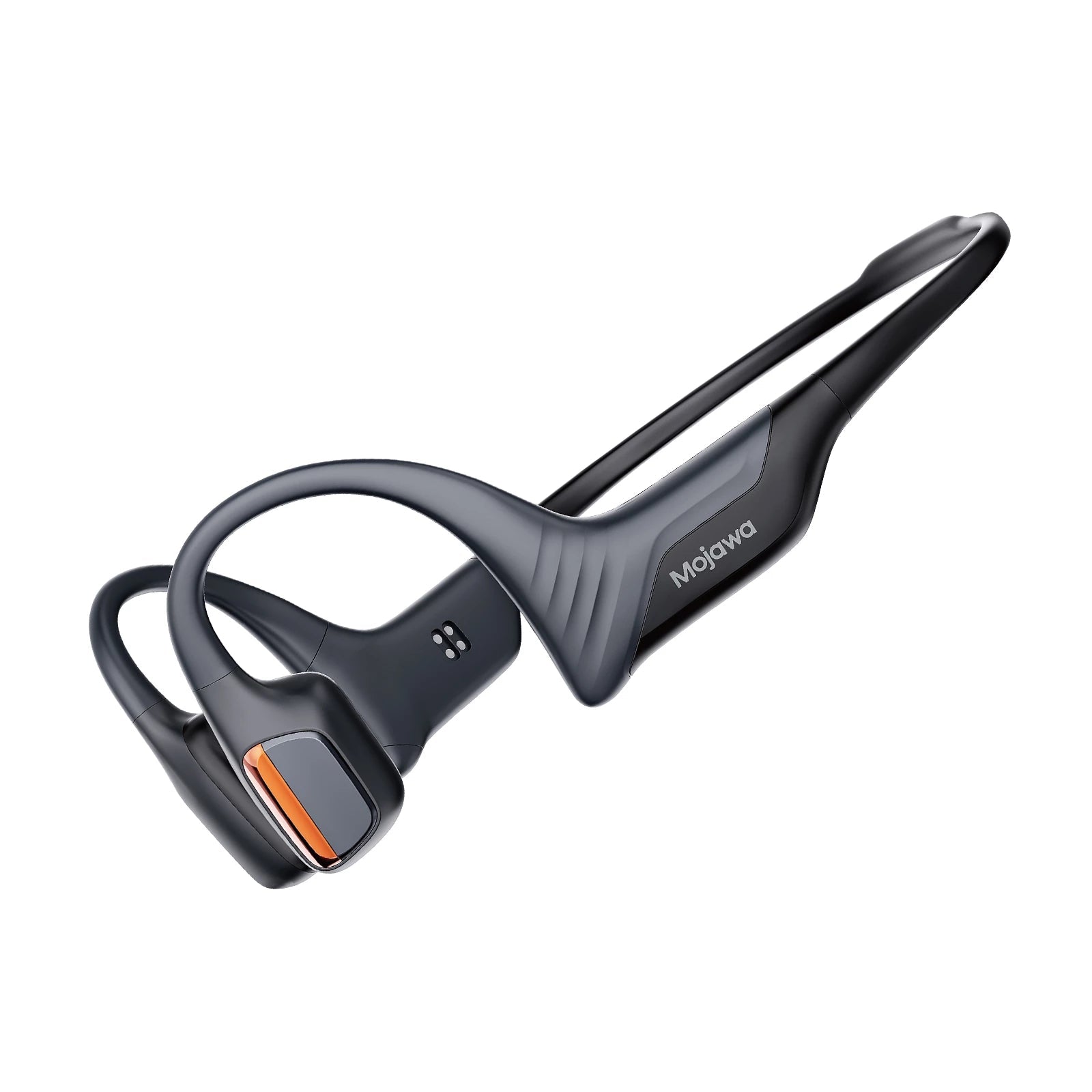Among personal audio solutions, bone conduction headphones have become a fascinating alternative to traditional earbuds and over-ear headphones. Unlike conventional designs, these innovative devices transmit sound through the bones of the skull, bypassing the eardrum entirely. This unique method of sound delivery not only piques interest but also sparks a debate on their practicality in everyday use. Are bone conduction headphones truly worth their salt? Let’s find out together.

Advantages of Bone Conduction Headphones
Undeniably, bone conduction headphones have a great many to offer:
1.Remain Aware of Your Surroundings
The primary advantage of bone conduction headphones is their non-invasive design that leaves the ear canal open, allowing environmental sounds to be heard alongside personal audio. This characteristic is critical for runners, cyclists, and commuters who rely on auditory cues for safety. In urban environments, where awareness of traffic and pedestrian signals can mean the difference between safe passage and accidents, the ability to hear these sounds clearly can be lifesaving. Moreover, the open design is beneficial in less hazardous settings, such as an office, where hearing a colleague’s voice without removing the headphones fosters better workplace interactions.Read More: How Bone Conduction Headphones Enhance Safety and Audio Experience.

2.Promote Ear Health
Bone conduction headphones offer a tangible health benefit by bypassing the eardrum and reducing direct contact with the ear canal. This method of sound transmission alleviates the common pressure felt from traditional earphones, which can lead to discomfort and even temporary hearing loss after prolonged use. Statistics indicate that issues like ear infections and impacted earwax are exacerbated by the frequent use of in-ear devices. The World Health Organization notes that reducing ear canal obstruction can help mitigate these risks, making bone conduction headphones a preferable option for individuals prone to ear health issues or those looking for a safer listening alternative. Know More:Bone headphones vs. earplugs: Which has less impact on hearing?
3.Comfortable and Stable
Designed to rest against the temple rather than inside the ear, bone conduction headphones are uniquely suited for extended wear. Their structure, which typically involves a band that wraps around the back of the head, offers stability that is superior to many conventional headphones. This design ensures that the headphones stay in place during vigorous activities such as jogging, yoga, or even more intense exercises like crossfit, which often dislodge traditional earbuds. Additionally, the absence of earplugs makes them particularly appealing to wearers of hearing aids or eyeglasses, as they do not interfere with these devices, nor do they exert uncomfortable pressure, a common complaint associated with regular headphones during long periods of use. Find out more: Bone Conduction Headset Benefits.

Disadvantages of Bone Conduction Headphones
However, bone headphones are not perfect:
4.Sound Leakage
A critical limitation of bone conduction headphones is their propensity for sound leakage. This occurs because the technology involves vibrations through the skull to produce sound, which can also emit audible noise to those nearby. In quiet settings like libraries or during late-night sessions at home, this leakage may disturb others. Furthermore, in professional environments where discretion is paramount, such as in open office spaces or during confidential calls, the inability to contain sound completely can pose privacy issues. Measures to mitigate leakage have improved, but they haven’t eliminated the problem entirely, making this a considerable drawback for potential users seeking privacy and non-intrusiveness in their personal audio devices.
5.Higher Price
The cost of bone conduction headphones is notably higher than that of traditional earphones, largely due to the niche technology and materials required for their production. For example, while a pair of standard quality earbuds can be purchased for under $50, bone conduction models rarely start below $100, with premium versions reaching upwards of $200. This price range can deter those who are experimenting with audio solutions or are not committed to the bone conduction method. It also poses a financial challenge for consumers in economically diverse markets, potentially limiting the accessibility of this technology to a broader audience.
6.Can Be Affected by Ambient Noise
Although a major selling point of bone conduction headphones is the user’s ability to hear ambient noises for safety, this feature can also detract from the listening experience in noisy environments. Without the sound-isolating capabilities of traditional headphones, users may find it difficult to hear audio clearly in settings with significant background noise, such as public transportation or busy urban centers. This lack of isolation can necessitate higher volume levels, which not only counteracts one of the intended benefits of these headphones—protecting ear health—but can also lead to distorted audio quality. Consequently, while beneficial in quieter or controlled environments, bone conduction headphones may not perform optimally in all settings, particularly where noise pollution is prevalent.
Conclusion
Bone conduction headphones offer a unique blend of advantages that cater to specific needs and preferences. They promote ear health, comfort, and situational awareness, making them a superior choice for outdoor and active users. However, challenges such as sound leakage, higher costs, and the impact of ambient noise on sound clarity cannot be overlooked.
When deciding whether bone conduction headphones are worth the investment, consider your specific needs and circumstances. If you prioritize safety and health over absolute sound quality and are willing to invest in advanced technology, these headphones could be a great fit. On the other hand, if you often find yourself in quieter settings or need to ensure complete privacy and sound isolation, traditional earbuds or noise-canceling headphones might serve you better.


